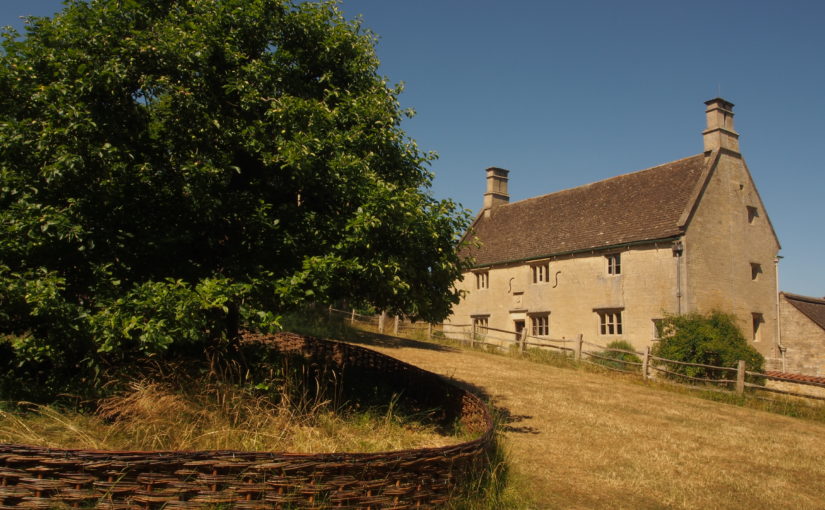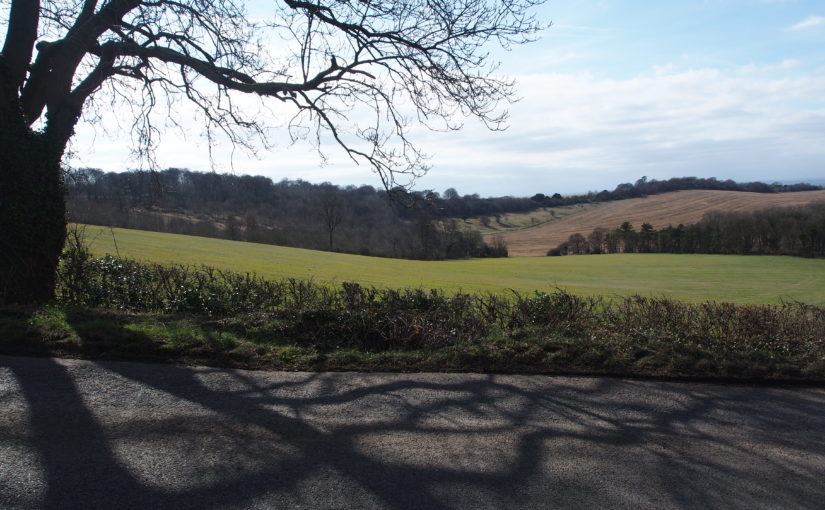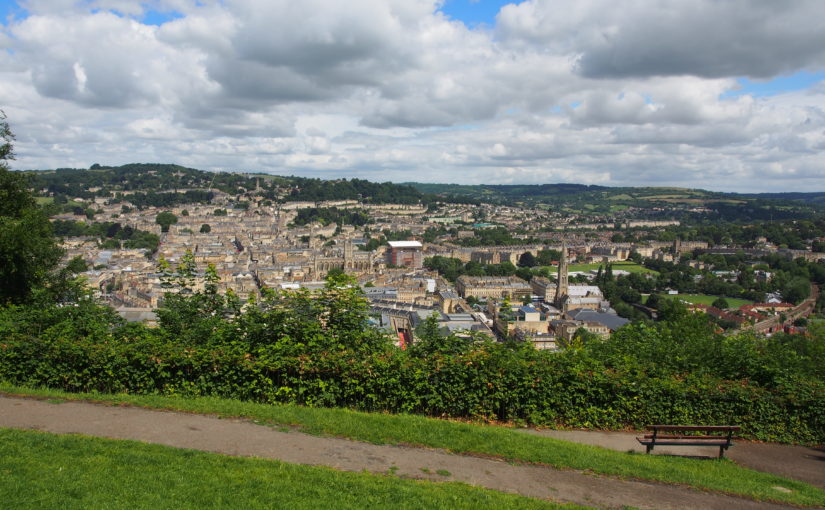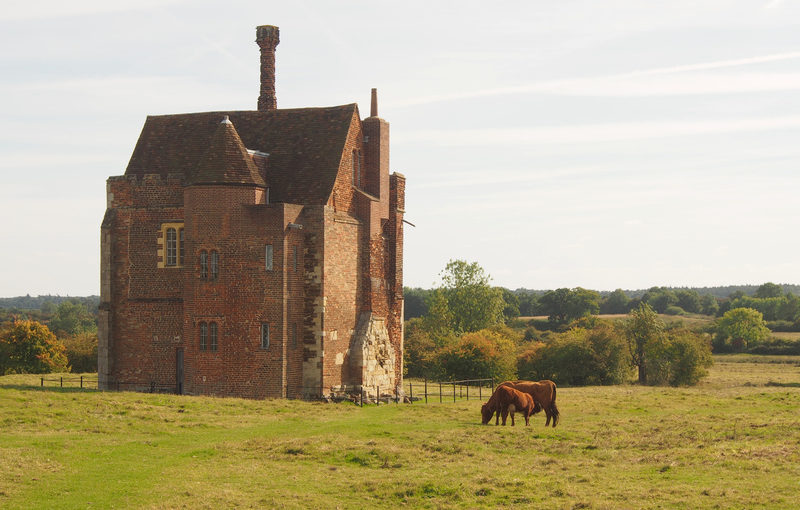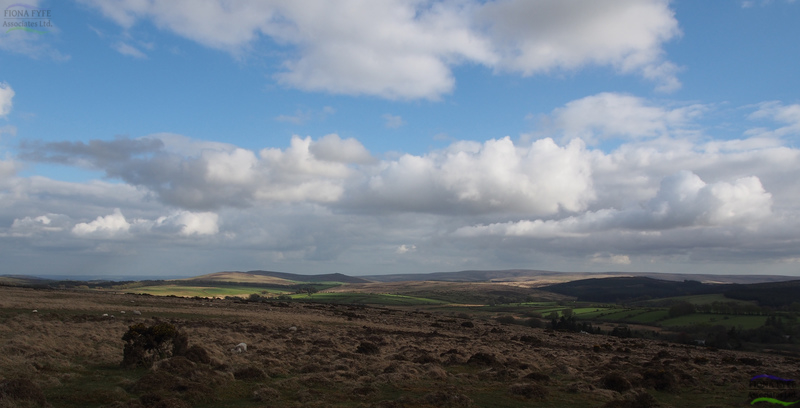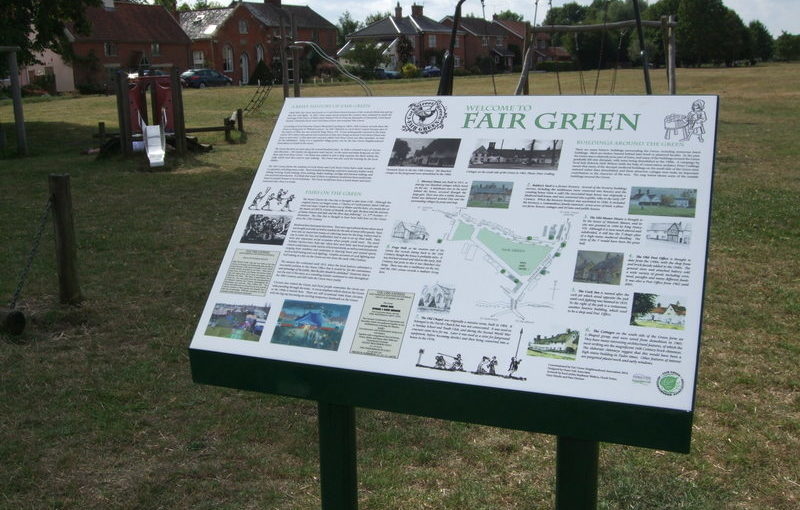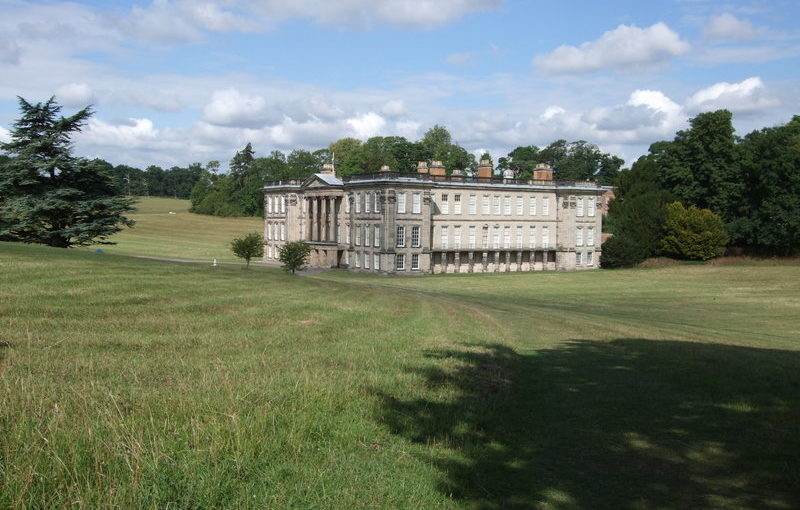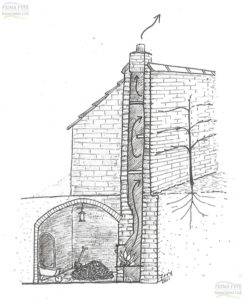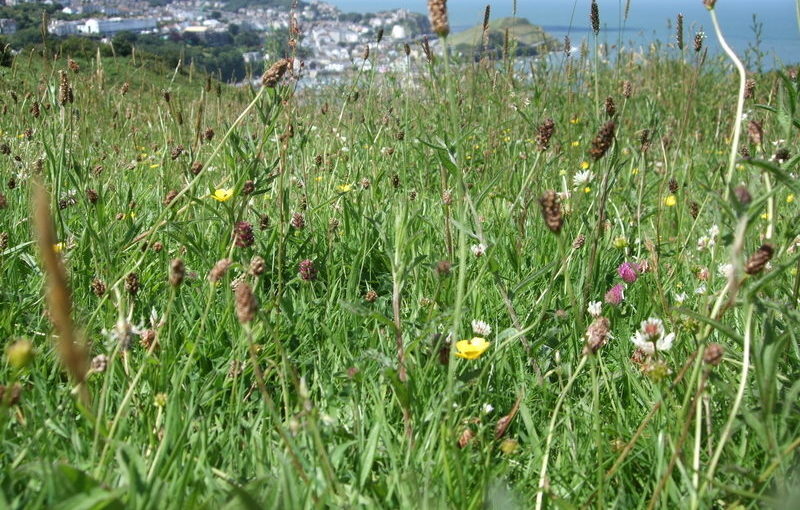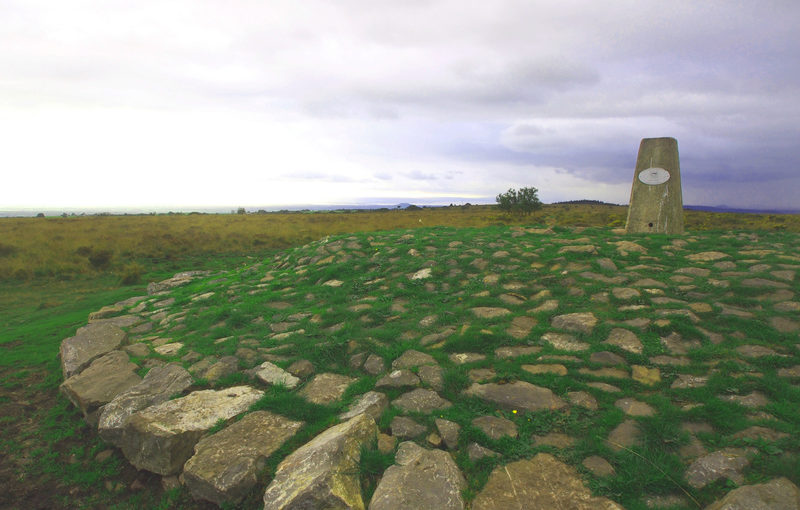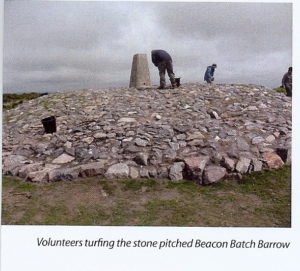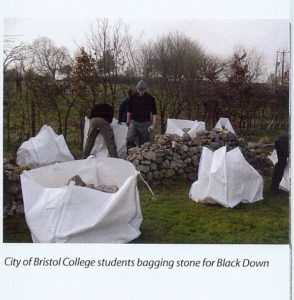This unique project was commissioned by the Tyne-Tees Shores and Seas SeaScape Partnership, to inform their successful application to the National Lottery Heritage Fund under the Landscape Partnership Scheme (LPS). This is the first sea-based Landscape Partnership, and the study area includes the coastline and extends for 8km out to sea. The aims of the LPS are to re-establish connections between the local communities and the coast and sea. Although the area is well known for its coastal collieries, one of the objectives of the LPS is to raise awareness of other elements of the area’s fascinating history which are often overlooked.
The SeaScapes Area encapsulates people’s changing relationships with the sea over millennia. During this time the coast and sea have been a source of food and resources; a conduit for travel and trade; a place of skill in boatbuilding and seamanship; a place of danger, tragedy, and brave rescues; a stimulus for scientific and engineering innovation; the backdrop for recreation and pleasure; a scene of war and defence, and place of cultural inspiration.
This project required a large amount of data search (including Historic Environment Records, archives, books, historic maps and charts, galleries, museums, academic publications, marine surveys and fieldwork) then the presentation of key relevant information in an accessible and engaging way through a series of illustrated profiles. The profiles are broadly chronological. They begin with evidence from the end of the last Ice Age, when the North Sea was dry land, and continue through prehistoric, Roman and Saxon seaways, Medieval ports, shipbuilding, harbours, shipping routes, whaling boats, fishing, navigation, lifesaving, recreation and defence, right through to post-coal energy generation. Together, they describe the complex interrelationships which have evolved between coastal communities and the sea, and hopefully inspire today’s communities to find out more.


